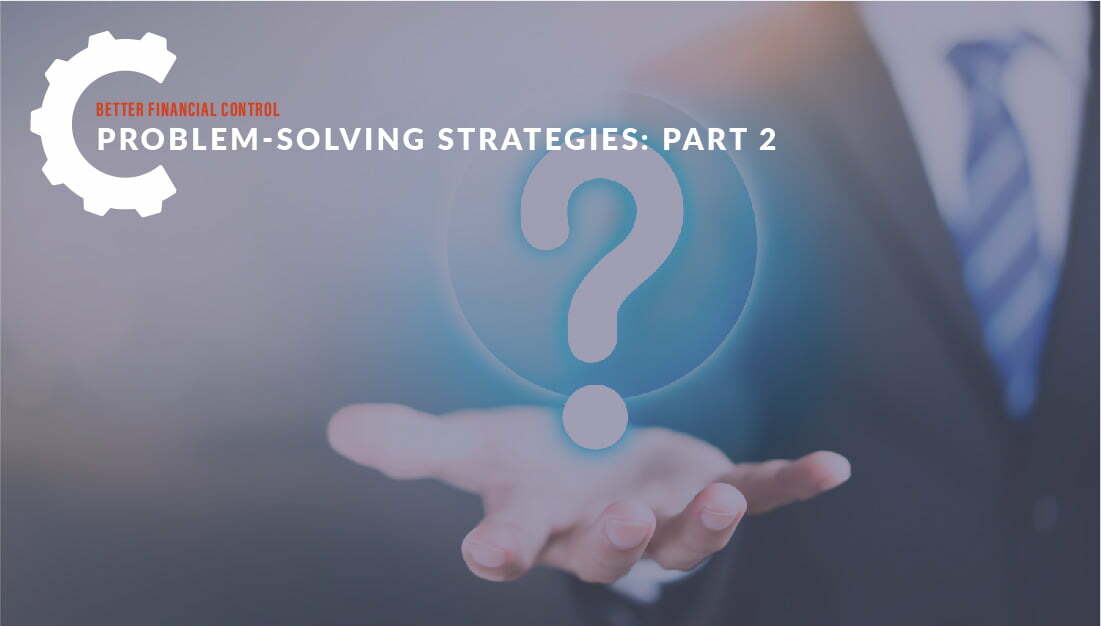Today we focus on the second of five strategies great problem-solvers use to break through their challenges: functional curiosity. As a quick reminder from the first article on this topic, here are the five mutually reinforcing problem-solving strategies seem to underly their success:
- Don’t accept the first description of a problem as the actual core issue
- Be curious about every dynamic of an issue
- Maintain an empathetic view of the world, to see through multiple lenses
- Ensure an agreed upon definition of the issue is reached before any discussions on potential solution strategies
- Use story telling to generate a compelling call to action.
Strategy #2: Apply Functional Curiosity to Every Dynamic of an Issue
Gary Vaynerchuk wrote in his most recent book, Twelve and a Half, “the word curiosity is underrated in our society. It feels fluffy, academic, and childish, but I believe it’s one of the most important characteristics for success in business.” We can’t agree more.
Being in the business coaching industry and helping leaders improve their strategies and decision making, it is common to see people getting stuck in old or simply incorrect beliefs. When people lack functional curiosity, they dismiss new opportunities instead of taking the time to explore them.
Curiosity is defined as a strong desire to know or learn something. It is the energy that generates the patience to identify something new, something not recognised before. It is in this space that new insights and strategies for more effectively solving problems are born.
When this curious energy is missing, we tend to keep repeating our past. Whenever there is an inflated ego involved, curiosity gets suppressed. Moreover, we find a strong correlation between suppressed curiosity and financial management challenges.
We have found one exercise particularly good at stimulating more functional curiosity in times where you may be overlooking the opportunity or not feeling the desire to do so. The Functional Curiosity Stimulator Exercise below is an excellent way to bring you into the mindset of functional curiosity and can be applied to any relationship or issue that may arise within your business.
Functional Curiosity Stimulator Exercise:
One effective question to ask yourself when trying to muster a higher level of curiosity is, “what is the belief that you need to have in order to see the problem the way you are currently observing it?”
Let’s say you are currently facing a problem where your staff are not feeling accountable enough for the standard of work they are performing. In asking the above question you identify that the belief you have is, ‘Employees never care as much about the quality of their work as the owner does’.
Functional Curiosity can get you to then ask, “how may my current belief not be 100 percent accurate and what other dynamics could be at play with the employees’ work quality challenges?”
This question can open your thoughts up to potential opportunities for improvement like:
- They may not fully understand the implications to the current substandard work.
- The team is simply not clear on the standards you are wanting.
- There may be a skill set issue at play
Often, new problem-solving strategies can come from seeing new dynamics to a problem through this line of questioning and functional curiosity. Let us know your experience when trying this strategy on some of your long-standing challenges.
Next time you are faced with a problem try to observe functional curiosity and see what new insights may be gleaned from even the most old and troublesome challenges.
Be sure to check out next week’s article where we discuss the third of the five strategies great problem solvers use.

